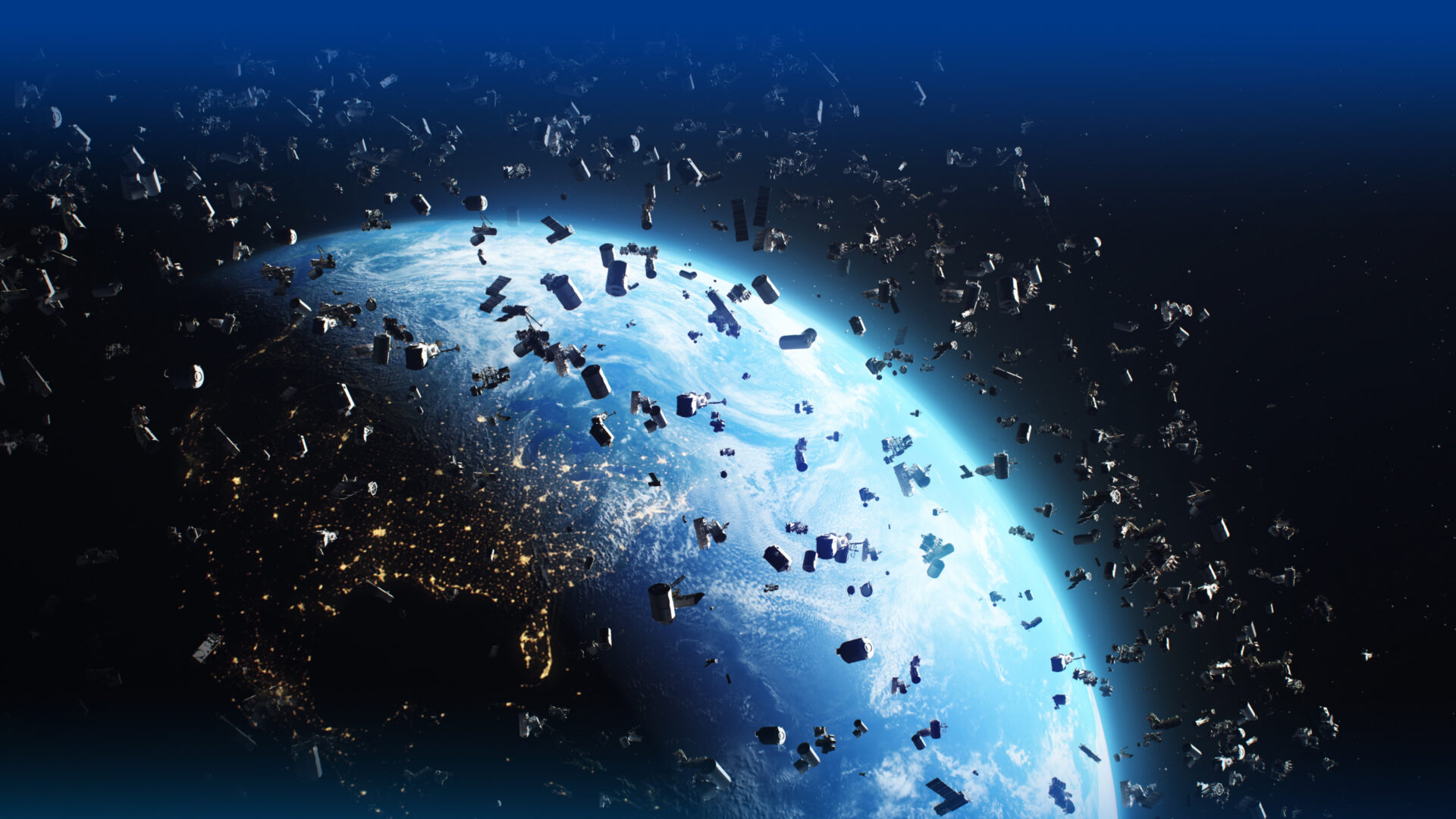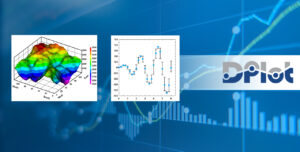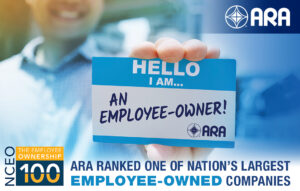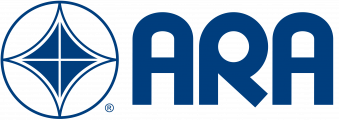
As congestion in space grows, there is an immediate need to improve the speed and accuracy with which we determine the position and trajectory of objects in space, and an innovative new concept from Applied Research Associates, Inc. (ARA) could help to meet that need in the future.
Satellites in space provide increasingly essential services in our daily lives. The uses include GPS navigation and timing, satellite TV and radio, weather forecasting, amazing new views of the universe, climate and disaster monitoring, and Google Earth pictures of our houses. In the near future, 1,000’s of orbiting satellites will provide high speed internet to anyone anywhere on the globe and space tourism is also slowly becoming a reality.
The security and safety of our operational satellites and manned spacecraft are vital for our economy, as well as our national security. At the same time, space debris monitoring and traffic management issues are looming large for the continued safe operation of these critical services. As objects become more and more numerous in space, it is essential that we speed up our ability to determine the orbital trajectories of space objects in order to avoid collisions and interference.
ARA will present at the Advanced Maui Optical and Space Surveillance Technologies (AMOS) conference a research study that demonstrates that our ability to determine the orbit of new or maneuvered objects in space using optical telescopes can be significantly improved in timeliness and precision. The study, Advanced Uni-sensor Rapid Orbit Reconstruction Algorithm and Sensing (AURORAS), demonstrated a dramatic improvement in the speed and accuracy of optical angles-only Initial Orbit Determination through a revolutionary combination of new camera sensor technology and modified data reduction algorithms.
This innovative improvement to Initial Orbit Determination is vital to keep space safe for its continued use in so many vital scientific, economic, civil and military arenas, said Lead Researcher Jeff Bloch, a principal scientist at ARA
“AURORAS is not a single revolutionary scientific or technological development, but rather the coming together of several new technologies and data analysis approaches from different arenas that when added together revolutionize our ability to do Initial Orbit Determination,” Bloch said. “In fact, many of the sensor advancements that are making AURORAS possible are being developed for the self-driving car market.”
The AMOS Conference, which takes place Sept. 27 to Sept. 30, is the premier technical conference in the nation devoted to space situational awareness/space domain awareness, according to https://amostech.com/. The cross section of private sector, government, and academic participation helps foster important dialogue and international collaboration.
For more information on ARA’s other space analysis capabilities, visit https://www.ara.com/space-analysis-tools/.




